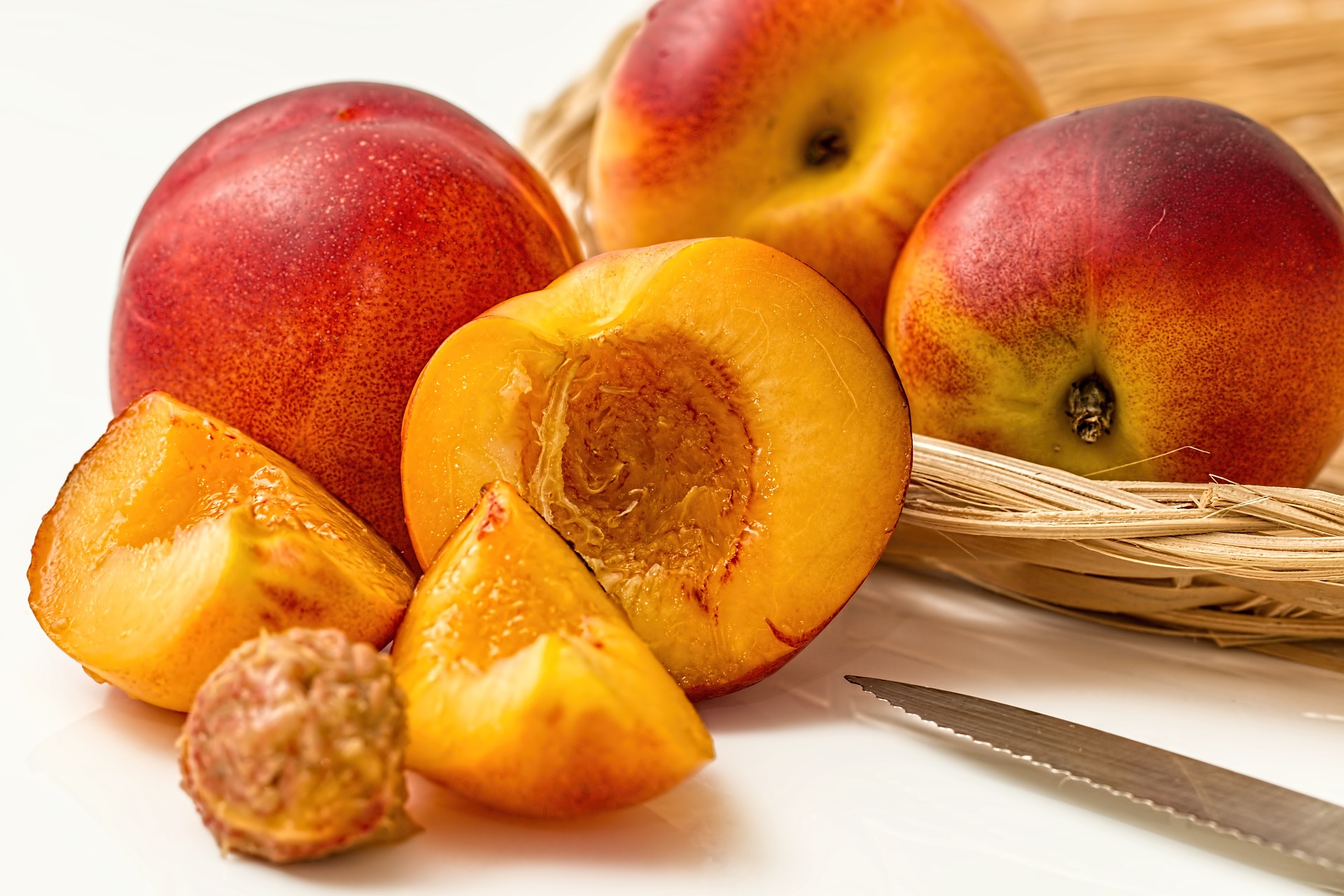

Add 1/2 teaspoon Potassium Sorbate to the wine and then add the sugar mixture to wine.For a sweeter wine, dissolve 2 to 4 teaspoons of sugar in 1/4 cup warm water.
 Add a Fining Agent following the directions on the packaging and let it set for 4 weeks. Rack wine off the sediment into another sterilized gallon jug or glass carboy. Once fermentation is complete the gravity reading should be 1.000 or lower. Attach an Stopper & Airlock to the carboy and ferment for another 2 to 4 weeks or until fermentation has completed. Rack into a sterilized One Gallon Jug or 3 Gallon Glass Carboy (depending on the volume of wine you made). Stir the must every day for 5 to 7 days (until the gravity is about 1.030). If your bucket does not include a lid, cover the fermenter with cheesecloth or a Fine Nylon Mesh Straining Bag. Make a yeast starter using Red Star Cote Des Blancs or Lalvin 71B-1122 wine yeast and add the yeast starter to the must. of sugar will raise the gravity 10 points in one gallon of water. If it is lower, add enough sugar to bring the gravity up. The must should be between 1.090 and 1.100. Take a gravity reading with a Hydrometer. Add the fruit puree and enough water to equal one gallon total volume. Dissolve the sugar and additives in a quart of warm water. (For one gallon batches it is best to use a Two Gallon Bucket and for five gallon batches, use a 7.9 Gallon Bucket.) Sterilize your fermenter and any equipment that will come into contact with the Wine Must. Use an open plastic bucket as a fermenter. Guidelines for additions to Fruit Puree Kits: Puree Type You may also want to add Acid Blend, Yeast Nutrient, white (table) sugar, and Wine Tannin depending on the fruit puree you are using. This will create more alcohol, and burn off all of the sweetness you were trying to add to the wine. If you do not, the added sugar will result in renewed fermentation. Once fermentation is complete it will stop automatically, but wine must be stabilized with Potassium Sorbate if you want to sweeten with sugar after fermentation. This will ensure that your wine doesn’t come out too strong or too sweet. If you need to, you can always add the remaining sugar called for in the recipe. If you are sweetening the wine post fermentation we recommend the same course of action. Add 1/2 of the sugar called for in the initial recipe and then take a gravity reading. When adding sugar to the puree, either initially or for sweetening, it is important to add it gradually. No preservatives, no additives, no removing seeds or pits. With our new lineup of Oregon Fruit Purees, you’ll get 100% fruit in aseptic packaging for shelf stability - no waste, no prep, they’re ready to go when you are. There are many ways to make wine with Fruit Purees.
Add a Fining Agent following the directions on the packaging and let it set for 4 weeks. Rack wine off the sediment into another sterilized gallon jug or glass carboy. Once fermentation is complete the gravity reading should be 1.000 or lower. Attach an Stopper & Airlock to the carboy and ferment for another 2 to 4 weeks or until fermentation has completed. Rack into a sterilized One Gallon Jug or 3 Gallon Glass Carboy (depending on the volume of wine you made). Stir the must every day for 5 to 7 days (until the gravity is about 1.030). If your bucket does not include a lid, cover the fermenter with cheesecloth or a Fine Nylon Mesh Straining Bag. Make a yeast starter using Red Star Cote Des Blancs or Lalvin 71B-1122 wine yeast and add the yeast starter to the must. of sugar will raise the gravity 10 points in one gallon of water. If it is lower, add enough sugar to bring the gravity up. The must should be between 1.090 and 1.100. Take a gravity reading with a Hydrometer. Add the fruit puree and enough water to equal one gallon total volume. Dissolve the sugar and additives in a quart of warm water. (For one gallon batches it is best to use a Two Gallon Bucket and for five gallon batches, use a 7.9 Gallon Bucket.) Sterilize your fermenter and any equipment that will come into contact with the Wine Must. Use an open plastic bucket as a fermenter. Guidelines for additions to Fruit Puree Kits: Puree Type You may also want to add Acid Blend, Yeast Nutrient, white (table) sugar, and Wine Tannin depending on the fruit puree you are using. This will create more alcohol, and burn off all of the sweetness you were trying to add to the wine. If you do not, the added sugar will result in renewed fermentation. Once fermentation is complete it will stop automatically, but wine must be stabilized with Potassium Sorbate if you want to sweeten with sugar after fermentation. This will ensure that your wine doesn’t come out too strong or too sweet. If you need to, you can always add the remaining sugar called for in the recipe. If you are sweetening the wine post fermentation we recommend the same course of action. Add 1/2 of the sugar called for in the initial recipe and then take a gravity reading. When adding sugar to the puree, either initially or for sweetening, it is important to add it gradually. No preservatives, no additives, no removing seeds or pits. With our new lineup of Oregon Fruit Purees, you’ll get 100% fruit in aseptic packaging for shelf stability - no waste, no prep, they’re ready to go when you are. There are many ways to make wine with Fruit Purees.








